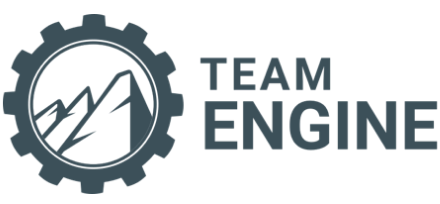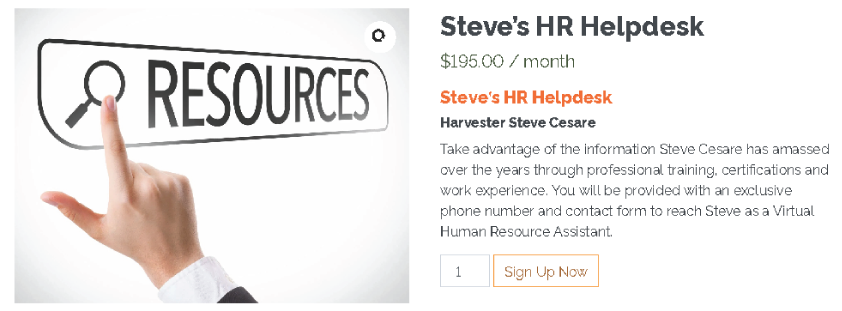
ADDIE
Steven Cesare, Ph.D.
An enterprising business owner from Massachusetts called me the other day to discuss his intentions to implement various field training programs to improve employee safety, gross margin, customer service, along with other key business outcomes. He proceeded to share some of his incipient ideas for the training content, implementation plan, and desired impact. Within this discussion, I shifted his focus from the proposed solution (i.e., the training program) to the actual solution (i.e., instructional design) that would lead to a more well-defined, targeted training system.
In the old days, companies would simply slap together some basic information that was seemingly related to the desired training topic and quickly roll it out to employees (e.g., harassment, equipment use, timekeeping applications). Perfunctory, not professional. Thinking as a capitalist, with organizational resources now more finite, cherished and costly than ever before, training has finally evolved into a more thoughtful part of a company’s human resources program, and as such, is now frequently viewed through a precise, systematic lens addressing consistency, quality, and results.
To maximize the utility of those rare and cherished organizational resources, I proposed the ADDIE model of instructional design to the business owner, in the hope that its structured format would produce a higher quality and more practical training program than one typified by the “Ready, Fire, Aim” approach.
Assessment: Before doing anything training related, conduct a basic assessment of the: (a) business problem the training program will supposedly improve, (b) the targeted employees’ skill gaps, (c) anticipated tasks to be trained, and (d) the receptivity of the company culture. Case in point, simply ask these questions: (a) what is the purpose of the training? (b) what are the causes of the current business problem? (c) who should be trained? (d) what does training success look like? (e) what are the points of resistance that can impede success? and (f) is a training program really the best alternative in this case? This level of assessment, definition, and agreement can strongly improve consensus, buy-in, and training effectiveness. Because, maybe, just maybe, training is not the best solution to the actual problem.
Design: With the conceptual fundamentals now defined, the company can begin to design an efficacious outline of the training content and related learning objectives. This is not the actual training content; but rather the section headings, modules, or story board. For example, common categories included in most Maintenance Foreman Training Programs are: Safety, Equipment Operation, Field Operations, Customer Service, Job Quality, Results Orientation, Horticulture, Company Culture, and Hazard Communication.
Development: With the training modules now specified and functionally linked to desired skill acquisition and the derivative business goal, the actual training content for each module can now be developed by the Subject Matter Experts. When developing training content, the SMEs must blend conceptual principles with behavioral proficiency, then connect those new behaviors with the anticipated organizational outcome, and finally close the loop by illustrating how improved company results can lead to rewards and recognition.
Implementation: With the training content now complete, attention shifts to the process by which it will be delivered: paper manuals, video recordings, classroom lectures, field application, Zoom meeting, in-person coaching, or through a computer-based Learning Management System. In the same breadth, consider the communication plan, training calendar, additional materials (e.g., job aids, posters, symbols), as well as any follow-up mechanisms that can foster heightened effective content retention, transfer, and acceptance.
Evaluation: In general terms there are four methods of training evaluation: Reaction, Learning, Behavior, and Results. The apt evaluation criterion should be consistent with the company culture and capable of being mapped to the goals stipulated in the Assessment Phase, thereby leading to future training program revisions, employee performance evaluations, pay increases, and hopefully, improved company outcomes.
The ADDIE model is often misconstrued by some as being time-consuming, bureaucratic, or academic. Those comments are only offered by sources of organizational resistance (i.e., identified in the Assessment Phase). In actuality, it is simple, linear, and goal oriented. It can work easily within your culture.
Your company culture, growth plan, and desired results can no longer risk wasting cherished resources.
If you have any questions or comments about this topic or anything else related to human resources, Sign Up for Steve’s HR Helpdesk!
Check Out Harvester Steve Cesare’s
NEW OFFERING!
Harvest Group Partners


Click the icon below to download the Harvest Group Mobile app!
What do you want to learn more about?
The Harvesters want to know what topics you would like to see us discuss. Click below to submit your ideas!




